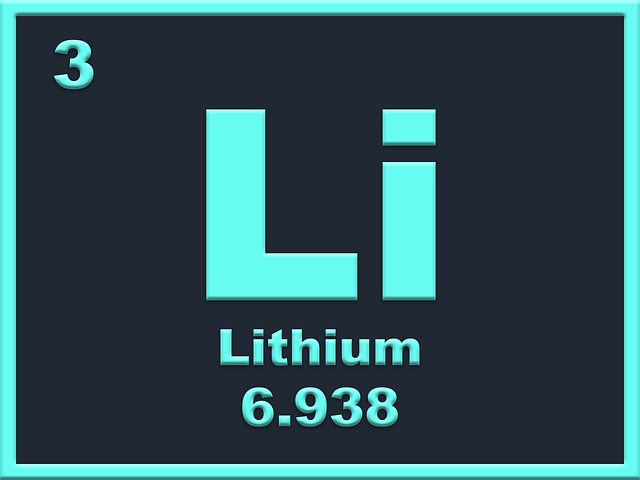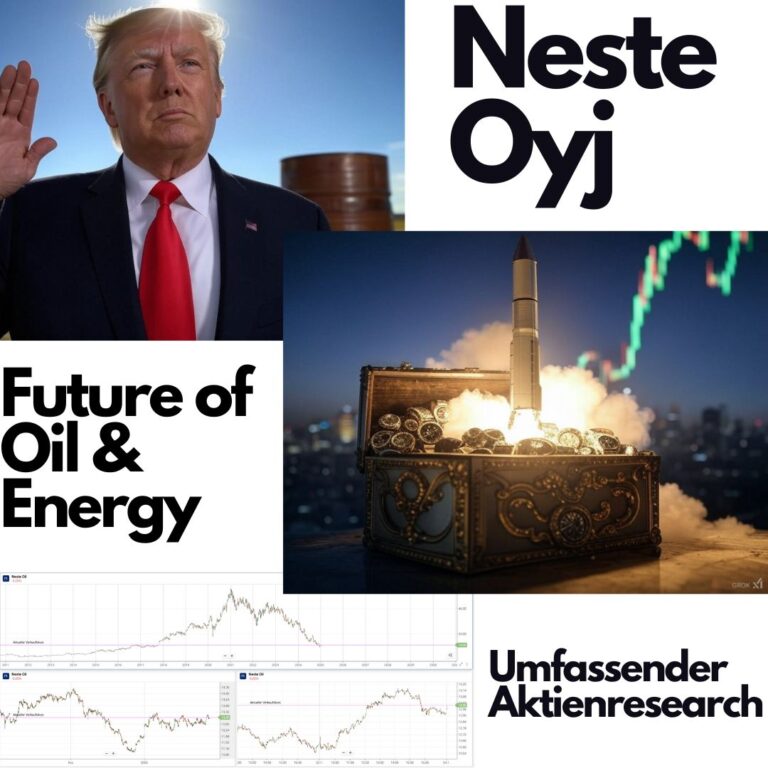During the California Gold Rush, countless gold miners sought their fortune in the state in the southern United States. Today, California is leading the way for the technologies of the future with the tech giants from Silicon Valley.
In addition, the American state is considered one of the world’s dream destinations for tourists thanks to its spectacular scenery, numerous national parks and nature in abundance. But even in California, nature is not pristine and picturesque everywhere.
The Salton Sea, due to its high salinity and other pollution, is not only nearly lost to wildlife, but is also causing increasing problems for the surrounding population.
But right under the polluted water of the lake is a huge lithium deposit, which is to be mined on a large scale in the future. According to experts, it could cover around 40 percent of current global lithium consumption.
So it’s quite possible that within just a few years of the gold rush of the mid-19th century, a „lithium rush“ will bring new jobs and thus new prosperity to California.
New competition for the main mining countries
Experts estimate that a vast treasure of lithium lies hidden beneath the polluted waters of the Salton Sea.
Currently, about 300000 tons of lithium are mined worldwide per year. Most of the lithium comes from South America, followed by Australia and China. The dependence of the major industrialized countries on these mining countries is therefore great and is likely to become even greater in the future if no alternatives are found.
In the U.S. alone, every second new vehicle is expected to be electric by 2030, so having a huge lithium deposit in your own country is ideal. However, the production of lithium at the Salton Sea would have to be on a large scale for this to happen, and that has its pitfalls.
If lithium is mined so far, the lithium at the Salton Sea would have to be extracted on a large scale with the help of geothermal power plants. Hot brine water is already being extracted from the earth there with eleven power plants. The steam thus obtained is used to operate turbines. The cooled water is then pumped back again.
Lithium is to be extracted from this water and converted accordingly from 2023 at the earliest. Annual production of about 90000 tons is planned.
General Motors wants to leverage domestic resources
The planned lithium production at the Salton Sea is generally met with great approval. The Salton Sea was once a sought-after tourist destination. Due to the increasing pollution, the entire infrastructure around the lake has broken down, many jobs have been lost and the ecosystem has been destroyed.
California’s governor and the population are therefore very interested in lithium mining, and there have also been hardly any protests from environmental organizations so far.
U.S. companies such as General Motors are also hoping for major benefits and greater independence from the project. For example, GM is eager to take advantage of domestic resources, so it has partnered with a company called Private Controlled Heat Resources. Also waiting in the wings is Berkshire Hathaway and another company.







